French priest uncovers horrors of Ukraine Holocaust
Witnesses of the Holocaust are unburdening themselves of memories in testimonies to a French priest.
Friday, 06.07.2007.
11:59

French priest uncovers horrors of Ukraine Holocaust
Their words may change history, as they shed light on this poorly known chapter of the Holocaust.The project is central to a broader reassessment of the Nazi horrors in Ukraine that followed the June 1941 invasion of the Soviet Union. Last month, a team of rabbis visited a newly found grave site in the Ukrainian village of Gvozdavka-1 where thousands of Jews were killed during the Nazi occupation.
That was just one site among many: Father Patrick Desbois and his mixed-faith team have been crisscrossing Ukraine for six years and have located more than 500 mass graves, many never before recorded.
At least 1.5 million Jews were killed on hills and in ravines across Nazi-occupied Ukraine, most slaughtered by submachine guns before the gas chambers became machines of mass death. Researchers are only now peeling back layers of Soviet-era silence about what they call the "Holocaust by bullets."
Part of Desbois' work so far—video interviews with Ukrainian villagers, photos of newly discovered mass graves, archival documents, and shell casings—is on public display for the first time in a haunting exhibit at Paris' Holocaust Memorial through November 30.
"I'm not here to judge," Desbois, whose Catholic grandfather survived a Nazi camp, said in an interview with the Associated Press. The people whose stories Desbois records, he stresses, were "children, adolescents. They were poor. They were afraid."
And they stayed afraid for decades after the Second World War.
Soviet leaders gloried in victory over Hitler but focused on their nation's overall war losses, numbering as many as 27 million—barely mentioning the systematic slayings of Jews. Witnesses to the Holocaust and even survivors were considered suspect, with many accused of collaboration and sent to Soviet labor camps. Fear of speaking out about the Nazi occupation lingered even after the U.S.S.R. collapsed in 1991.
The destruction of Ukrainian Jewry is symbolized by Babi Yar, a ravine outside the capital, Kiev, where the Nazis killed about 34,000 Jews during just two days in September 1941.
For decades, the Soviets maintained silence about what happened in Babi Yar. Only after Russian poet Yevgeny Yevtushenko drew international attention to the massacre with his 1961 poem "Babi Yar" did the Soviets put up a monument.
But there were many other killing fields. Desbois' group has covered about a third of Ukraine so far, and the 500 mass graves it has uncovered is quickly approaching previous estimates that put the number in all of Ukraine at 726.
Paul Shapiro, director of the Center for Advanced Holocaust Studies at the U.S. Holocaust Memorial Museum in Washington, predicts Desbois' team will reach a higher total. He calls their work "critical" to humanity's understanding of the Holocaust.
It fulfills a "memorial purpose, a scholarly research purpose, and a public education purpose," he said. The Paris exhibit, the first time Desbois' painstaking, behind-the-scenes work has been made public, serves the third goal.
Desbois "discovered that elderly eyewitnesses who had never been asked about this, when speaking with a priest, opened up. If you are ever going to bare your thoughts, if you are a Christian, you will bare them to a priest," Shapiro said.
Given Ukraine's history of anti-Semitism, from tsarist-era pogroms to modern-day vandalism of Jewish sites, some are reluctant to absolve these Ukrainian witnesses and participants of responsibility in the Holocaust.
Shapiro, however, said, "It is too late to be in a blame game. Our obligation is to understand."
Healing wounds between Jews and Christians has been central to Desbois' career. He heads a group called Yahad-In Unum (which combines the Hebrew and Latin words for "together") founded in 2004 by Paris' influential Cardinal Jean-Marie Lustiger, whose Jewish mother died at Auschwitz, and Rabbi Israel Singer.
Troubled by his grandfather's stories of the Rava Ruska camp in western Ukraine, Desbois visited in the 1990s and asked the mayor where the Jews were buried. The mayor said he didn't know.
One year, Desbois returned to find a new mayor—and 110 farmers waiting to lead him to the grassy knoll.
"I was shocked. It was miserable. To see this place, and these old, weary faces," Desbois said.


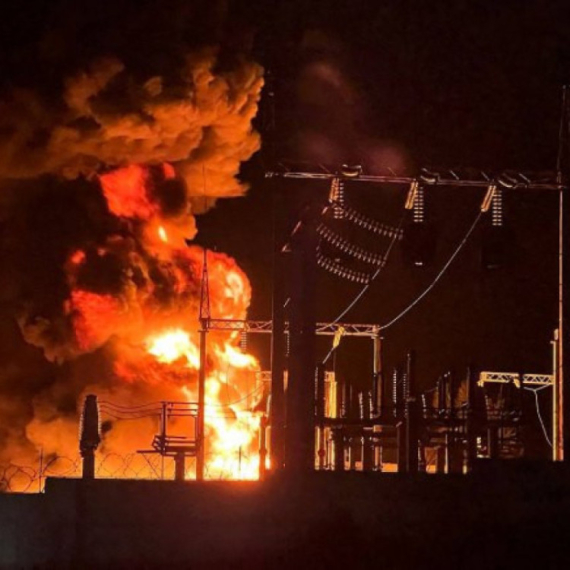
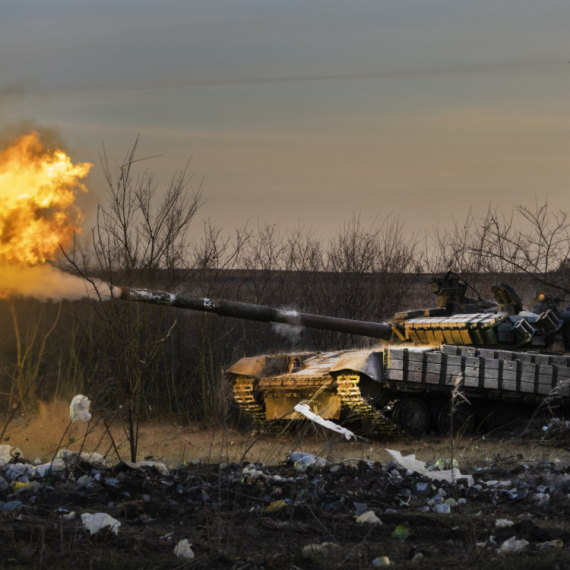
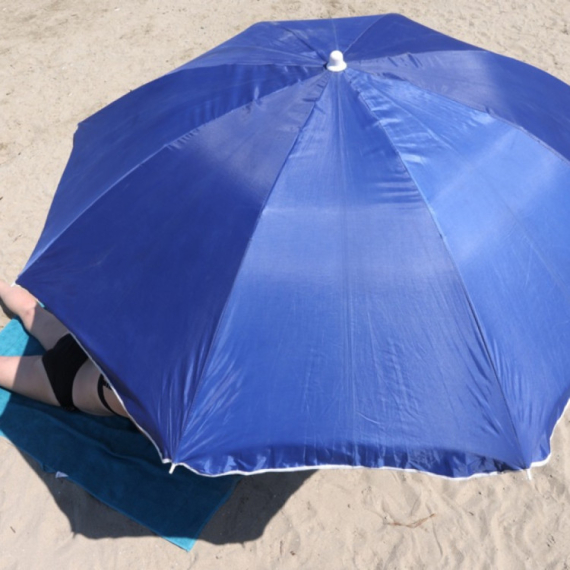
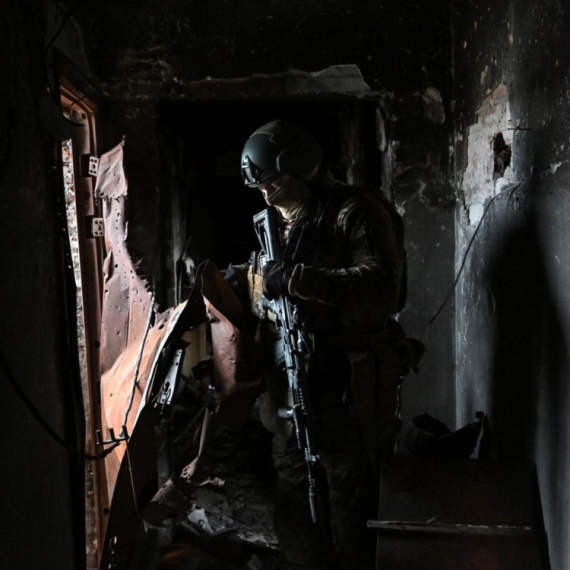
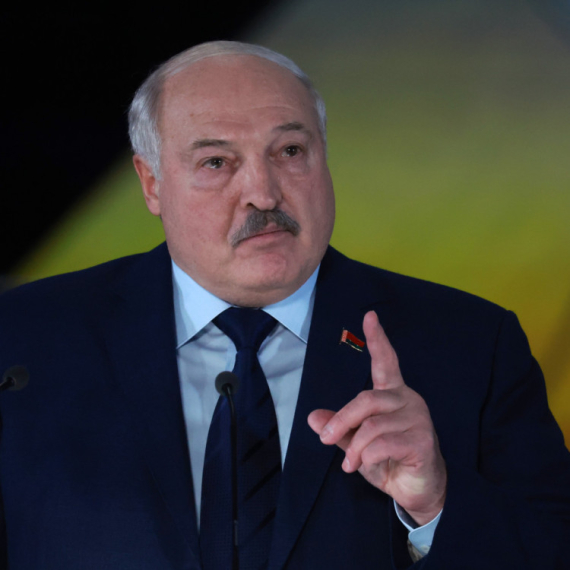




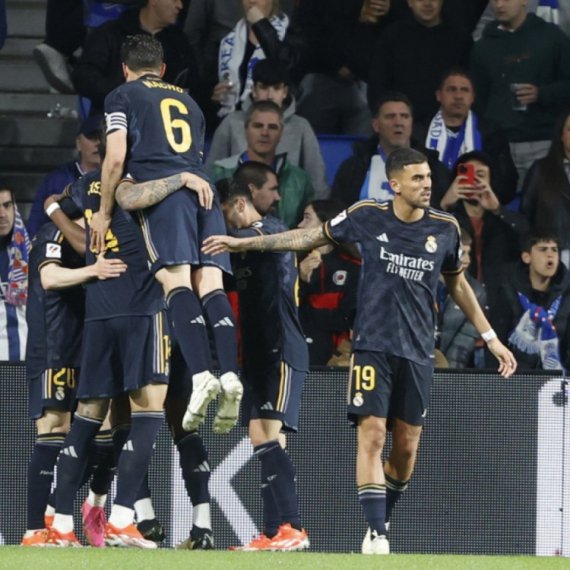
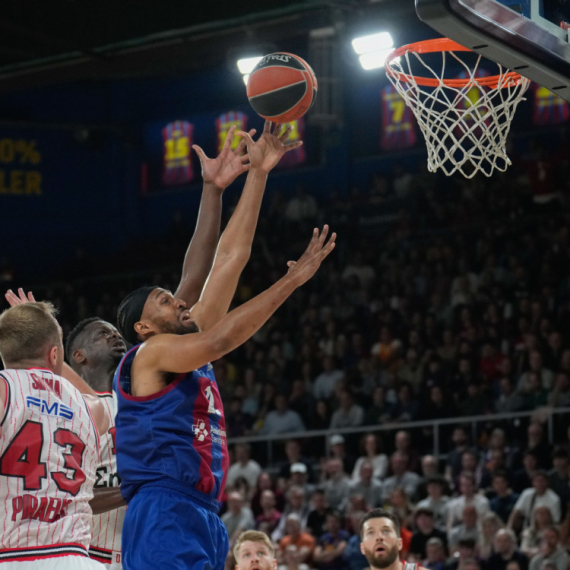
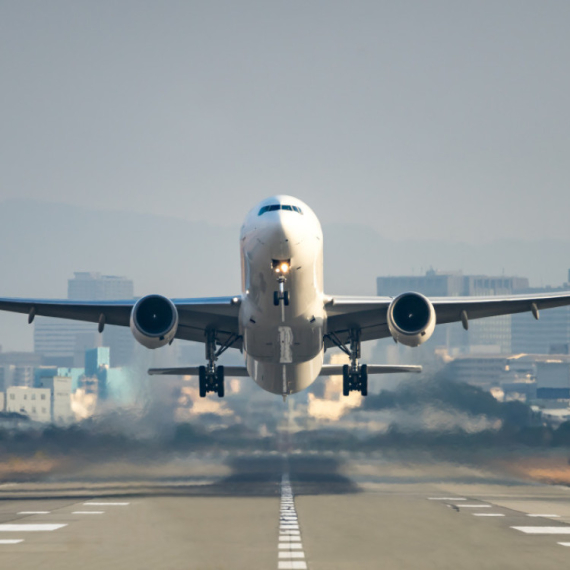
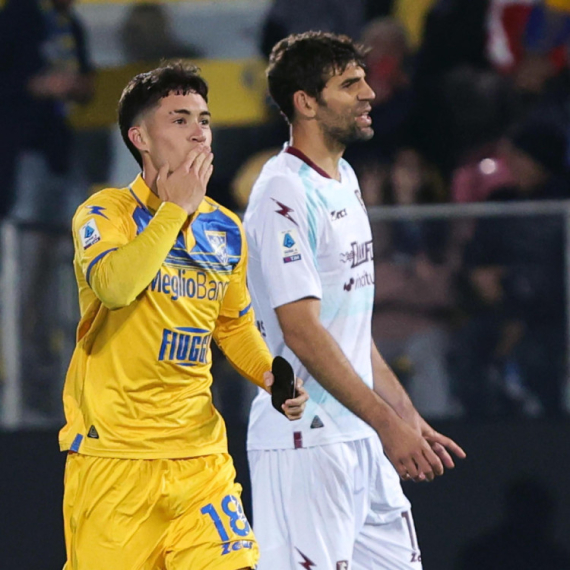
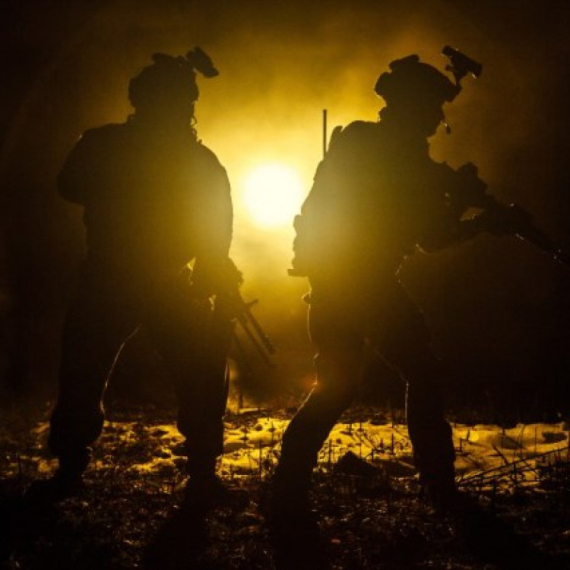
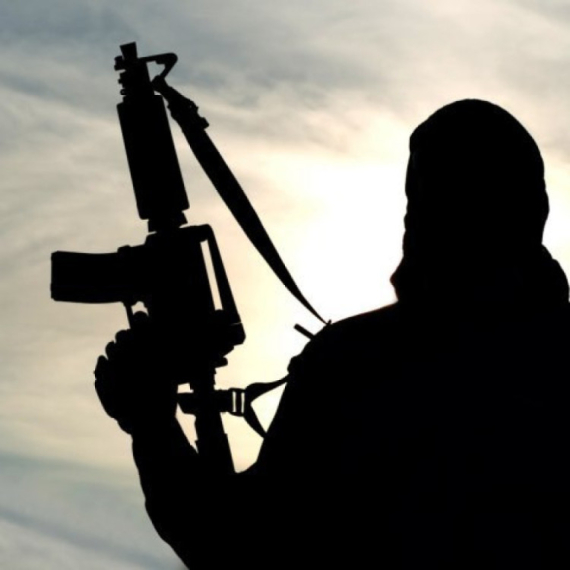
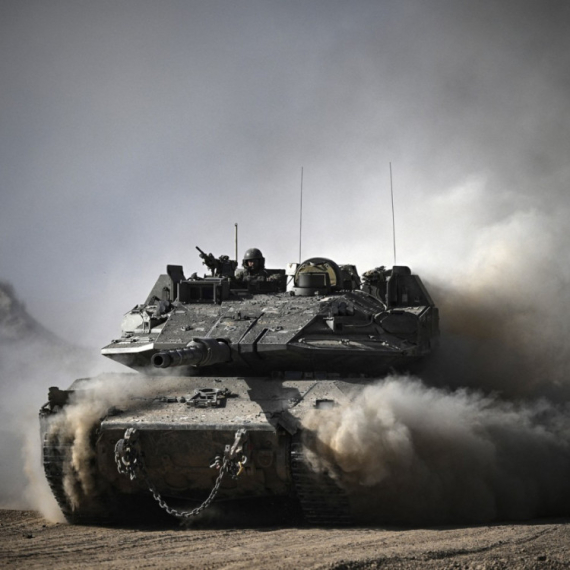
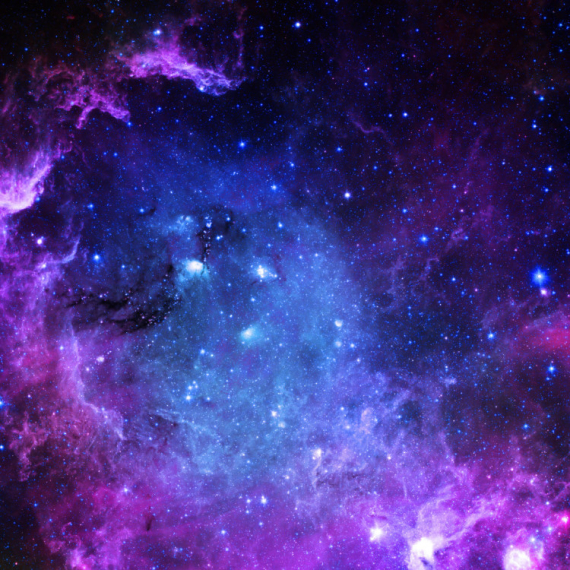
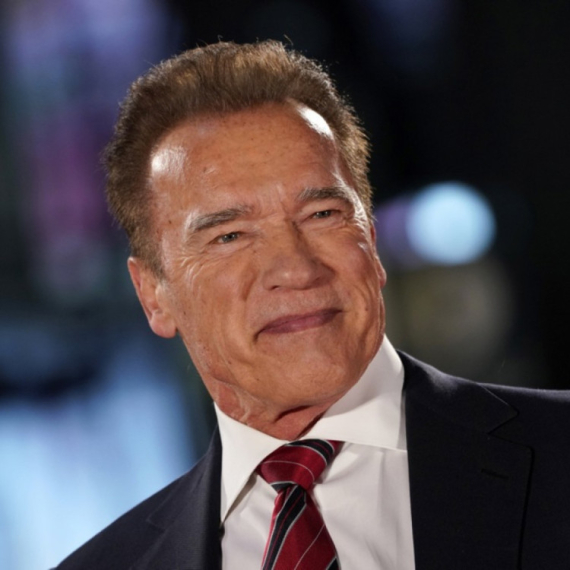
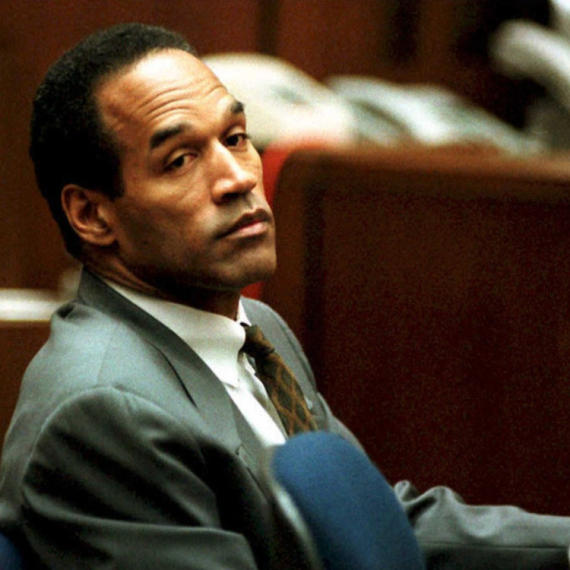
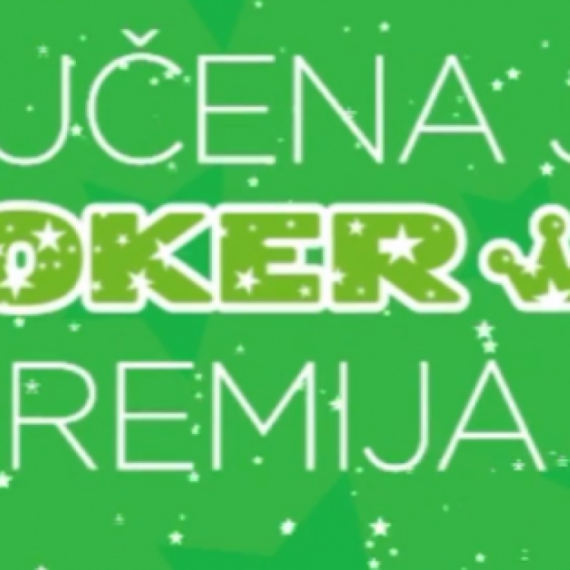
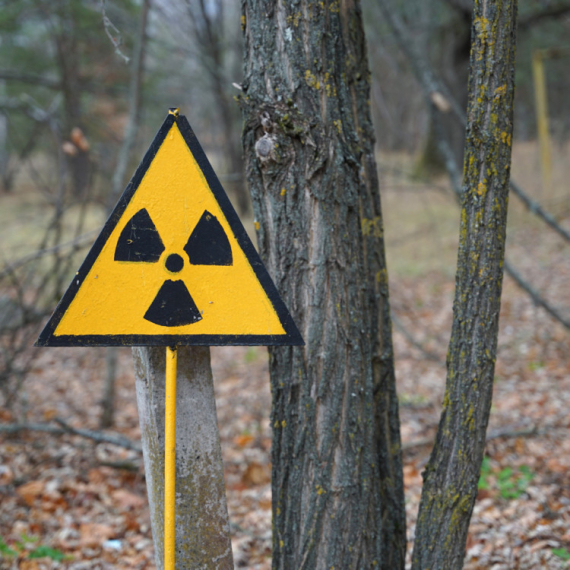





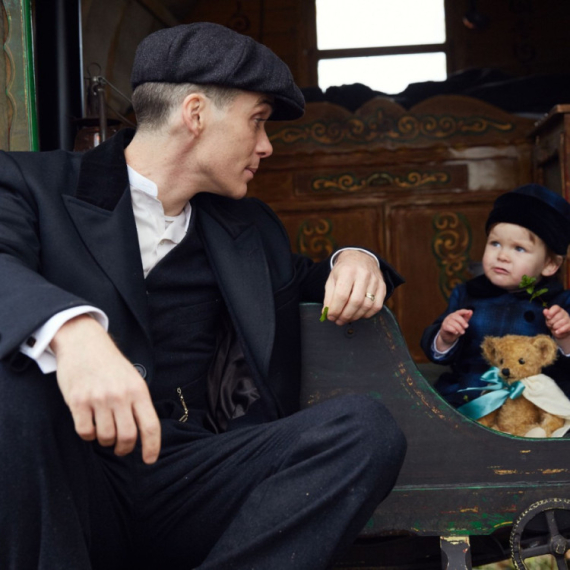
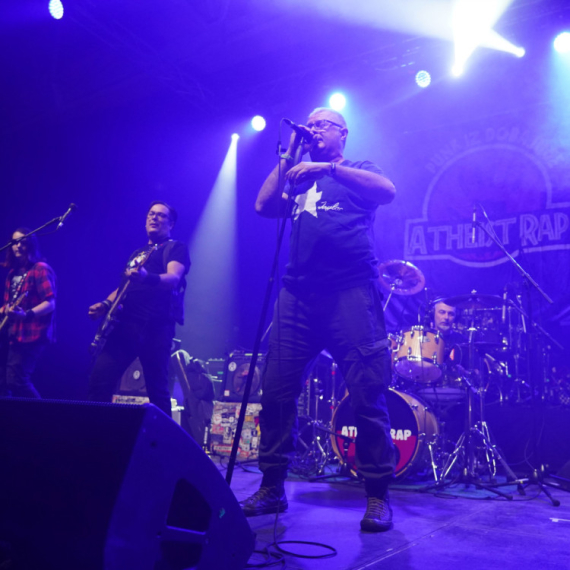
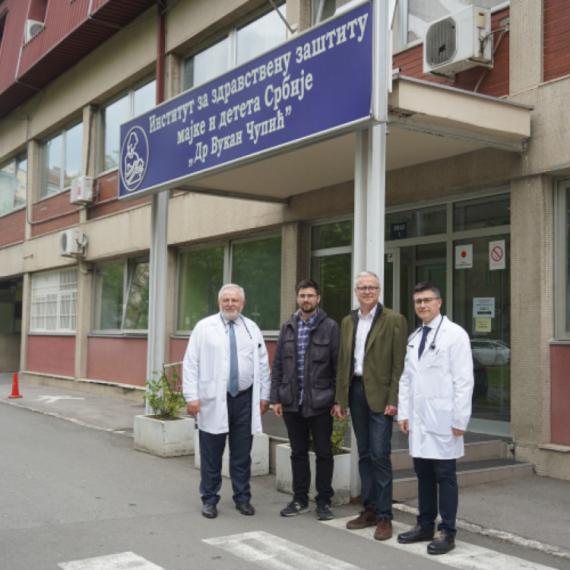
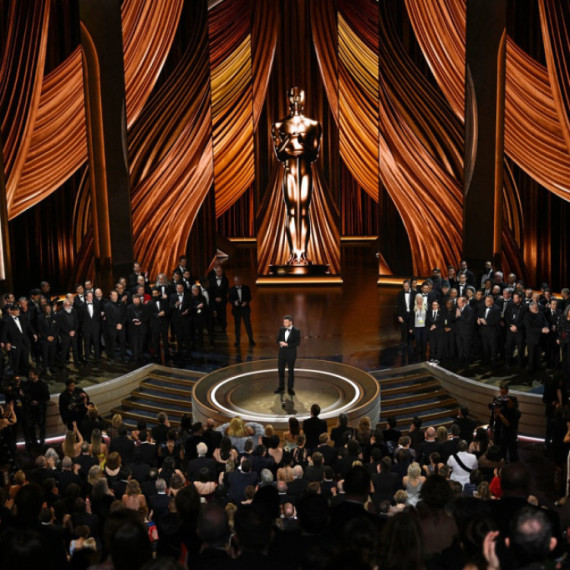
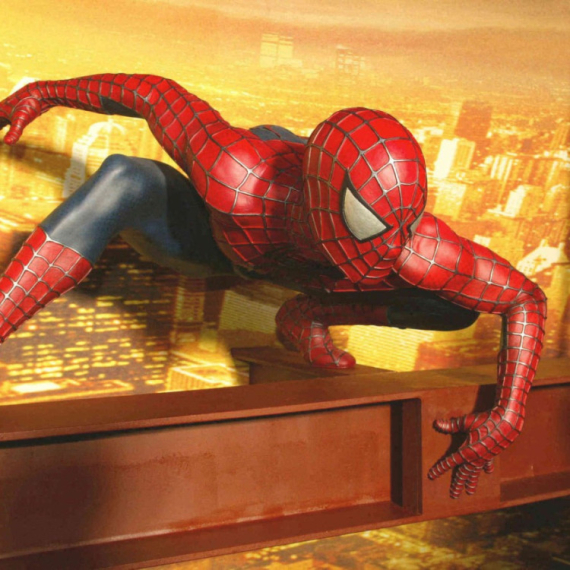
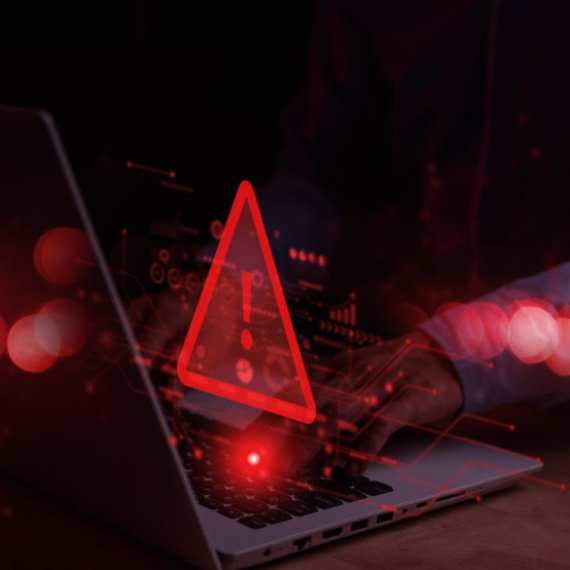


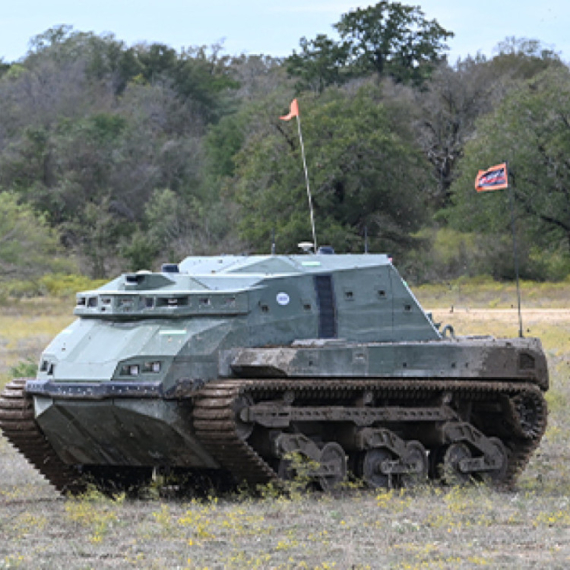







Komentari 9
Pogledaj komentare